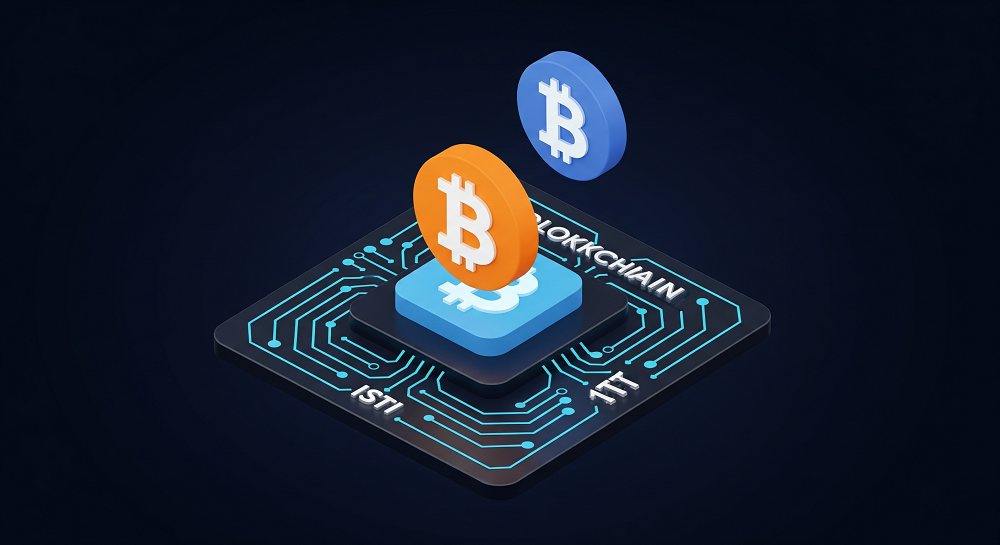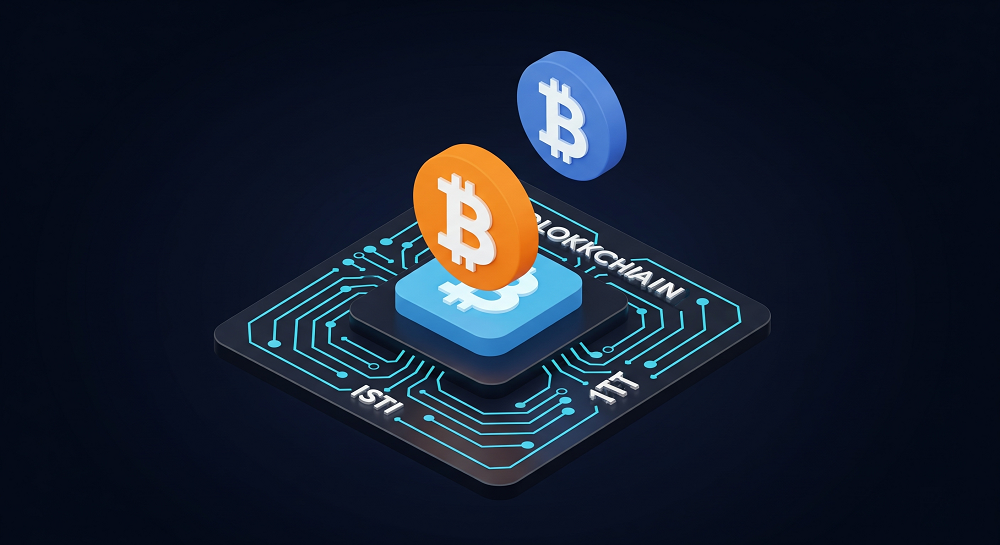Cross-Chain Token Development: Building Interoperable Cryptocurrencies

Blockchain technology has changed the way digital assets work. But a major challenge remains—interoperability. Different blockchains operate independently, making it difficult to transfer assets between them. This is where cross-chain token development comes in. It enables tokens to work across multiple networks, increasing liquidity, usability, and adoption.
Businesses and developers are now turning to crypto token development services to build interoperable cryptocurrencies. These services help create tokens that function on different blockchains without restrictions. In this blog, we will explore how cross-chain tokens work, their benefits, and how a crypto token development company can help businesses launch them.
What is Cross-Chain Token Development?
Cross-chain token development refers to creating cryptocurrencies that can move between different blockchain networks. Traditionally, tokens exist on a single blockchain, like Ethereum or Binance Smart Chain. But cross-chain tokens are designed to be transferable across multiple ecosystems.
This is achieved using bridges, wrapped tokens, and interoperability protocols. A bridge is a decentralized application (dApp) that allows users to transfer tokens between blockchains. Wrapped tokens are representations of assets from one chain on another chain. Protocols like Polkadot, Cosmos, and Avalanche offer built-in interoperability features.
With the demand for seamless blockchain interactions growing, businesses are looking for crypto token development services to build cross-chain tokens that enhance efficiency and reach a wider user base.
Why Cross-Chain Tokens Matter?
The crypto industry is highly fragmented. Ethereum, Binance Smart Chain, Solana, and others operate independently. This limits the movement of assets and reduces liquidity. Cross-chain tokens solve this by enabling smooth transactions between different networks.
Key Benefits of Cross-Chain Tokens:
Increased Liquidity – Users can move tokens freely between chains, reducing market fragmentation.
Better Scalability – Transactions can be distributed across multiple chains, preventing congestion.
Lower Fees – Users can choose the blockchain with lower transaction costs.
Enhanced Utility – Tokens become usable across various dApps, DeFi platforms, and exchanges.
Wider Adoption – Businesses can attract users from multiple blockchain communities.
A crypto token development company can create customized solutions that integrate these features, helping projects expand beyond a single blockchain.
How Cross-Chain Tokens Work
Cross-chain tokens operate using different mechanisms, depending on the blockchain ecosystem. The three most common approaches are:
1. Blockchain Bridges
Bridges connect two or more blockchains, allowing asset transfers. When a user moves a token across a bridge, the original token is locked, and an equivalent token is minted on the destination chain. This is widely used for moving assets between Ethereum and Binance Smart Chain.
2. Wrapped Tokens
Wrapped tokens are pegged to the value of another asset. For example, Wrapped Bitcoin (WBTC) is Bitcoin represented as an ERC-20 token on Ethereum. This allows Bitcoin holders to participate in Ethereum-based DeFi applications.
3. Interoperability Protocols
Protocols like Polkadot, Cosmos, and Avalanche are designed for cross-chain interactions. These blockchains have built-in mechanisms to transfer data and assets between different networks.
A crypto token development company can integrate these technologies into a token project, ensuring smooth cross-chain compatibility.
Popular Use Cases of Cross-Chain Tokens
Cross-chain token development has opened doors to various applications. Many projects are already leveraging this technology to expand their reach.
1. Decentralized Finance (DeFi)
DeFi platforms benefit from cross-chain tokens as they enable better liquidity and lower transaction fees. Users can move assets across chains to access better yield farming, lending, and trading opportunities.
2. Gaming and NFTs
Game developers and NFT projects use cross-chain tokens to allow seamless asset transfers between different metaverse ecosystems. A player can use in-game assets across multiple blockchain-based games.
3. Payments and Stablecoins
Stablecoins like USDC and USDT operate on multiple chains, allowing businesses and users to transact efficiently without relying on a single blockchain.
4. Supply Chain and Enterprise Solutions
Companies use cross-chain tokens for real-time tracking of assets, payments, and contracts across different blockchain networks. This ensures transparency and reduces operational inefficiencies.
A crypto token development company can tailor cross-chain solutions based on specific business needs, making digital assets more versatile.
Challenges in Cross-Chain Token Development
Despite the advantages, cross-chain token development comes with challenges. Developers and businesses must address these issues to create secure and efficient cross-chain tokens.
1. Security Risks
Blockchain bridges are vulnerable to attacks. Several high-profile hacks have occurred due to weak security in cross-chain transactions. Ensuring smart contract security is critical.
2. Compatibility Issues
Not all blockchains support the same smart contract languages and token standards. Developers must create solutions that work across different ecosystems.
3. High Gas Fees
While cross-chain tokens improve scalability, some networks still have high transaction costs. Choosing the right blockchain for transfers is essential.
4. Regulatory Concerns
Cross-chain tokens operate on multiple networks, which means they must comply with different regulations. Businesses need crypto token development services that follow compliance standards.
A crypto token development company can help mitigate these risks by implementing secure bridges, using audited smart contracts, and ensuring compliance with global regulations.
Steps to Develop a Cross-Chain Token
Building a cross-chain token requires a strategic approach. Here’s a general process followed by most crypto token development services:
Step 1: Define the Token Purpose
Identify the primary use case of the token. Will it be used for payments, governance, staking, or trading?
Step 2: Choose the Blockchain Networks
Select the blockchains where the token will operate. Ethereum, Binance Smart Chain, and Solana are popular choices.
Step 3: Develop Smart Contracts
Create smart contracts that enable token transfers, minting, and burning. These contracts should be audited to prevent vulnerabilities.
Step 4: Integrate Cross-Chain Bridges
Use interoperability solutions like Polkadot, Cosmos, or custom bridges to connect different blockchains.
Step 5: Implement Security Measures
Apply multi-signature authentication, regular contract audits, and real-time monitoring to prevent attacks.
Step 6: Test and Deploy
Before launch, perform rigorous testing on testnets to ensure seamless functionality. Once verified, deploy the token on mainnets.
Step 7: List on Exchanges
To increase accessibility, list the token on decentralized (DEX) and centralized exchanges (CEX). This improves liquidity and adoption.
A crypto token development company handles the entire process, ensuring smooth cross-chain token deployment.
Future of Cross-Chain Token Development
The future of cross-chain tokens is promising. As blockchain technology evolves, interoperability will become a standard feature rather than an optional upgrade.
Projects like LayerZero, ThorChain, and Chainlink’s CCIP are already working on advanced cross-chain solutions. These technologies will make blockchain interactions seamless and more secure.
Businesses looking to develop cross-chain tokens should consider partnering with a crypto token development company that understands the complexities of interoperability. With the right approach, cross-chain tokens can unlock new opportunities in DeFi, gaming, supply chains, and beyond.
Conclusion
Cross-chain token development is revolutionizing the blockchain space. It enables seamless asset transfers, improves liquidity, and expands the usability of digital tokens. Businesses and developers seeking crypto token development services should focus on security, scalability, and compliance to ensure successful adoption.
As the demand for blockchain interoperability grows, more projects will rely on cross-chain tokens to connect different ecosystems. Whether for DeFi, gaming, payments, or enterprise use, cross-chain tokens are shaping the future of cryptocurrency. Partnering with a reliable crypto token development company ensures smooth execution and long-term success in this evolving market.
Note: IndiBlogHub features both user-submitted and editorial content. We do not verify third-party contributions. Read our Disclaimer and Privacy Policyfor details.







